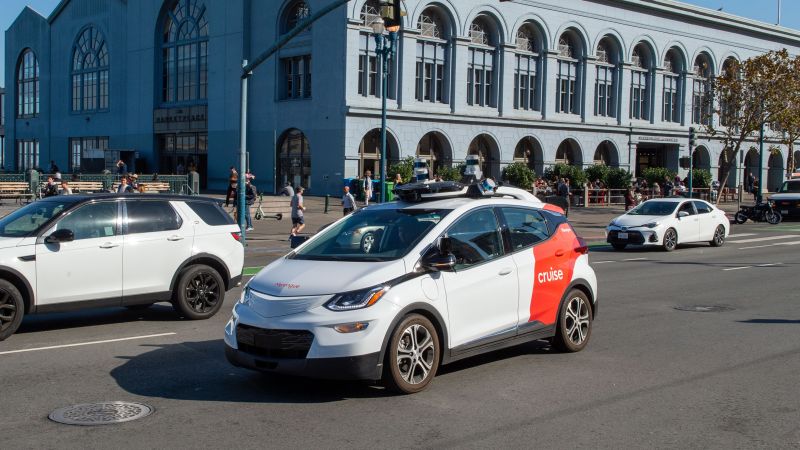Uber and Cruise have announced a partnership that will offer Cruise’s autonomous vehicles on Uber’s platform starting next year. This move comes as Cruise, a General Motors-backed robotaxi firm, aims to make a comeback following a major accident in San Francisco last year that halted its operations. The multi-year partnership will allow Uber riders to choose a trip using a Cruise autonomous vehicle. This partnership is seen as an opportunity for both companies to capitalize on the growing market for autonomous vehicles.
Uber has been experimenting with driverless cars in Phoenix since October last year through a partnership with Alphabet’s Waymo. Waymo currently has about 700 vehicles in its fleet and is the only U.S. firm operating uncrewed robotaxis that collect fares. The partnership with Cruise will provide Uber users with more options for autonomous vehicle trips, potentially expanding their customer base and increasing the availability of driverless rides in different markets.
Cruise has resumed testing its autonomous vehicles with safety drivers earlier this year as it works to assure state and federal officials of the safety of its technology. In a recent development, Cruise agreed to recall nearly 1,200 robotaxis due to hard braking issues. This move follows a probe by the U.S. auto safety regulator and highlights the challenges faced by companies in the autonomous vehicle space as they navigate complex technology, stringent regulations, and safety concerns.
Uber’s partnership with Cruise comes at a time when Tesla CEO Elon Musk is preparing to unveil delayed plans for a robotaxi product in October. This announcement comes amidst slowing demand for electric vehicles and growing competition in the autonomous vehicle market. Despite the challenges, Uber sees itself as uniquely positioned to offer value for autonomous vehicle players looking to deploy their technology at scale. This partnership is part of Uber’s ongoing efforts to diversify its offerings and strengthen its position in the transportation market.
Commercializing autonomous vehicles has proven to be tougher than expected and has taken longer than promised due to various factors, including technological complexity, high investments, regulatory hurdles, and federal investigations. Uber sold its self-driving division in 2020 to reduce costs and focus on its core business of ride-hailing and food delivery. Despite these challenges, trips by self-driving vehicles on Uber’s platform have increased significantly in the June quarter, driven by partnerships with companies like Waymo and startups like Waabi for freight services.
Overall, the partnership between Uber and Cruise represents a strategic move for both companies as they navigate the complexities of the autonomous vehicle industry. By offering Cruise’s autonomous vehicles on Uber’s platform, the companies aim to provide users with more options for driverless rides and capitalize on the growing demand for autonomous transportation services. As the industry evolves, companies like Uber and Cruise will continue to face challenges in commercializing autonomous vehicles, but partnerships and collaborations like this one could help drive innovation and growth in this rapidly changing market.


